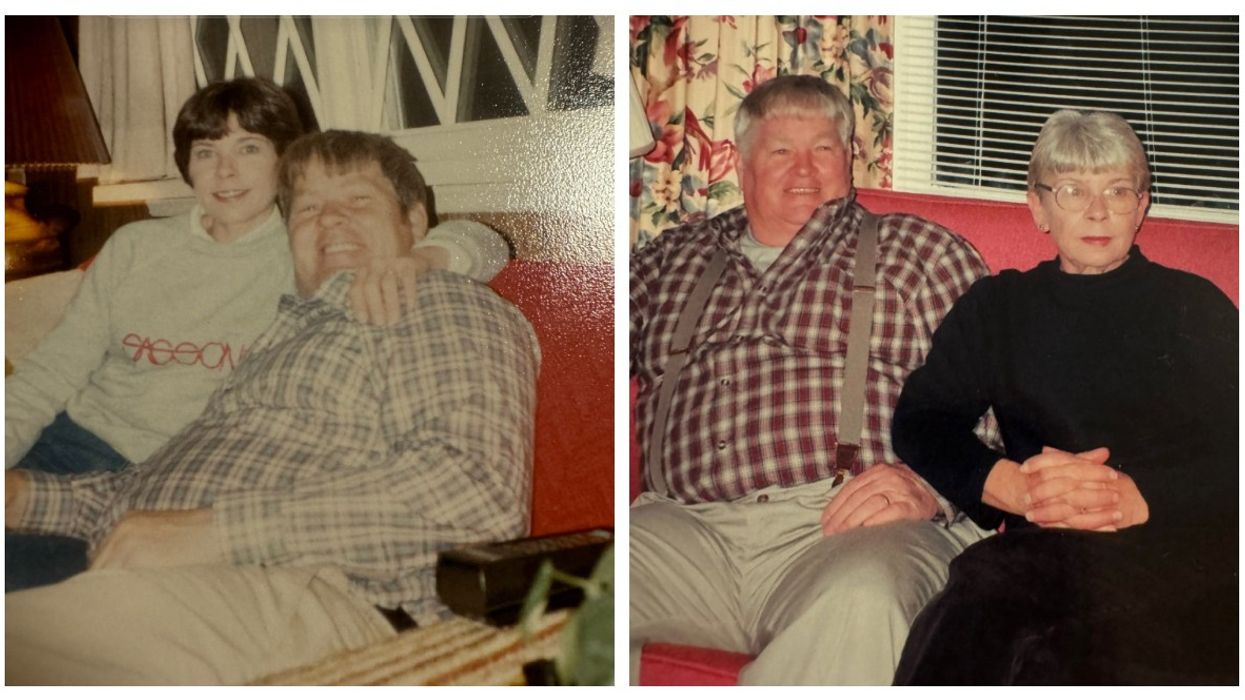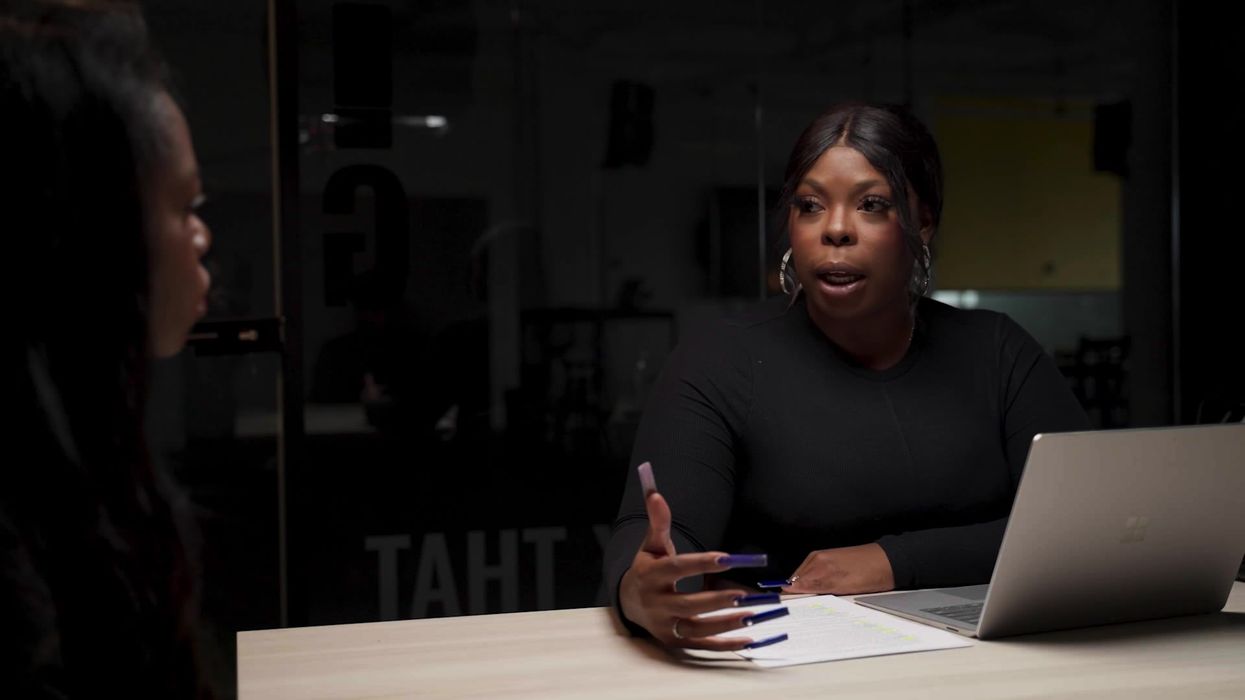
Your Imagination Isn't a Waste of Time -- It's a Secret Weapon
Mental visualization is an understated habit of the successful. According to Albert Einstein, "Imagination is more important than knowledge. Knowledge is limited. Imagination encircles the world."
Sadly, many of us place restrictions on our boundless imagination. Limiting beliefs, such as I’m not good enough or I’ll never be successful, cause us to downplay the goals we set and feel blocked from our true potential.
But what if we want to break free from constraints? What if we imagine freely, and work towards making dreams become reality?
A vivid imagination isn’t a randomly bestowed gift a select few are born with. Instead, skillful visualization is actively developed.
The following techniques offer a starting point to unlock the gateway to setting and achieving goals worthy of your fullest potential.
Here are 5 ways using your imagination will change your life:
1. Overcoming fear
Inspired action in the presence of fear is one of the most efficient ways to achieve your goals. Action comes in many forms: not listening to the internal self-critic, standing in your truth and not following convention, making short-term sacrifices, setting boundaries. Fear will always be present when following your dreams.
An effective way of overcoming fear is to experience the perceived threat without an attached negative experience. This creates a new, positive association, and builds confidence in stepping outside of your comfort zone. In psychology, this is called “extinction learning.”
Imagination plays a powerful role in this process. A 2019 study at the Icahn School of Medicine at Mount Sinai discovered that participants who imagined a positive scenario benefitted just as much as those who experienced the positive scenario, altering future responses in real life.
In other words, imagination sets you free.
2. Creating a vision
A vision acts as a North Star. It’s the motivating factor for putting in the hours, doing the hard work, and making sacrifices. Yet many of us limit our vision, or fail to actively sit down and imagine how our lives would change if we achieve the goals we’ve set.
Visualizing this point in the future is a fun, creative exercise. Allow the “whats” and “whos” and “wheres” to frame your journey inward — what do you do with your time? What earns you income? Who is it you’re becoming? Where do you see yourself in years to come? Where do you live?
Make the experience as immersive as possible by imagining all the senses. Better still, imagine how you’ll feel. Is it pride? Joy? Peace? Ease? Flow? The more we resonate with a feeling, the easier it becomes to manifest visions into reality.
Once the vision is strong, then is the time to engage the analytical brain, and work back to where you are today. What steps need to be taken to close the gap from present reality to the vision?
This is a powerful starting point for goal setting.
3. Seeing yourself excel
While a vision is the gold standard and the life you’re moving towards, your imagination can also be used for milestones along the way.
Let’s say you’ve landed a speaking engagement which marks a big step forward on your journey. Fear sets in, as does doubt. In these moments, a great practice is to rehearse the experience in the mind’s eye, picturing yourself oozing confidence and charisma.
This is a tried and tested technique many successful athletes employ, from Wayne Rooney to Jessican Ennis-Hill, from Andy Murray to Novak Djokovic.
“The most important thing with imagery is using multiple senses, like sound, sight and smell,” sports psychologist Dr Steve Bull told The Telegraph. “This incredibly vivid imagery helps an athlete to prepare mentally, by improving their confidence, focus, clarity and speed of thought.”
Even if you have no interest in scoring at a World Cup final or winning Wimbledon, these same visualization skills transfer to all areas of life.
“There is a huge crossover between the demands of sport and business,” Bull adds. “If you visualize a big business presentation in real detail, you will prepare for everything from your best posture and body language, and how you will handle any feelings of anxiety, to the awkward questions that might be asked and how you will respond to them. By the time you walk in there, you will feel much more confident.”
4. Learning from mistakes
Success is served by a growth mindset. This perspective isn’t swayed by outcomes, but instead focuses attention on process and learning. Results will take care of themselves.
The ability to learn quickly from mistakes is the precursor to accelerated growth. Rather than becoming stuck in self-pity or refusing to accept mistakes through pride, this process requires honest reflection.
There’s a significant difference between rumination and reflection. Whereas rumination replays moments, over and over, reflection takes a balanced, impartial view. The former fuels anxiety, the latter fuels growth.
Imagination enhances both ends of the spectrum, so it’s important to get your vision on board with this exercise.
To skillfully reflect, recollect a recent experience. It could be a project that didn’t go to plan, a difficult conversation, or an intense feeling of disappointment or frustration. Relive the experience as vividly as possible with the intention of learning valuable lessons.
With hindsight, this exercise brings to light different options, away from reactions or impulses, and ways to act differently in the future.
5. Cultivating loving kindness
The Buddhist meditation of metta bhavana cultivates feelings of loving kindness, for oneself, and for others. The visualisation technique consists of picturing a bright, white light, filled with feelings of peace, appreciation, stillness and compassion.
While meditating, picture this light filling your body. Then, imagine sending this light to someone you care for deeply, then an acquaintance, then finally someone you are experiencing difficulty with.
It’s an important technique to cultivate, as it breeds a sense of connection with others, while simultaneously increasing self-compassion. On the long road to achieving dreams, it will be necessary to build loving bonds with others; be they business partners, friends, family, colleagues or employees. In addition, self-compassion helps ease perfectionism and the risk of burnout.
Ultimately, the most fruitful visions are those that take the bigger picture into consideration, by serving others and benefitting the world in some way.
Loving kindness is a pathway to ensuring both the individual dream and the wider repercussions are aligned.


















 Old photobooth strip of Nana and Papa@jennjensc/TikTok
Old photobooth strip of Nana and Papa@jennjensc/TikTok An elderly woman sits in chair with blue blanket while doing chemotherapy.@jennjensc/Tiktok
An elderly woman sits in chair with blue blanket while doing chemotherapy.@jennjensc/Tiktok screenshot of a comment on TikTok@jennjensc / TikTok
screenshot of a comment on TikTok@jennjensc / TikTok











Military Dad Defends His 4 Little Daughters When Strangers Make This Rude Remark